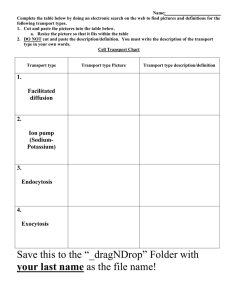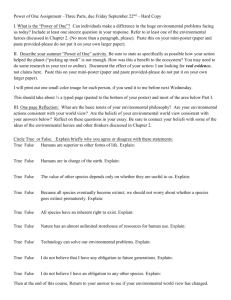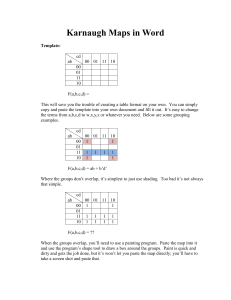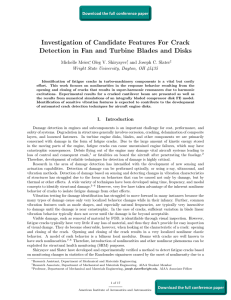-u.ac.jp Co-authors: Hiroshi Nakayama, Yousuke Matsuo, Ooshida Takeshi
advertisement
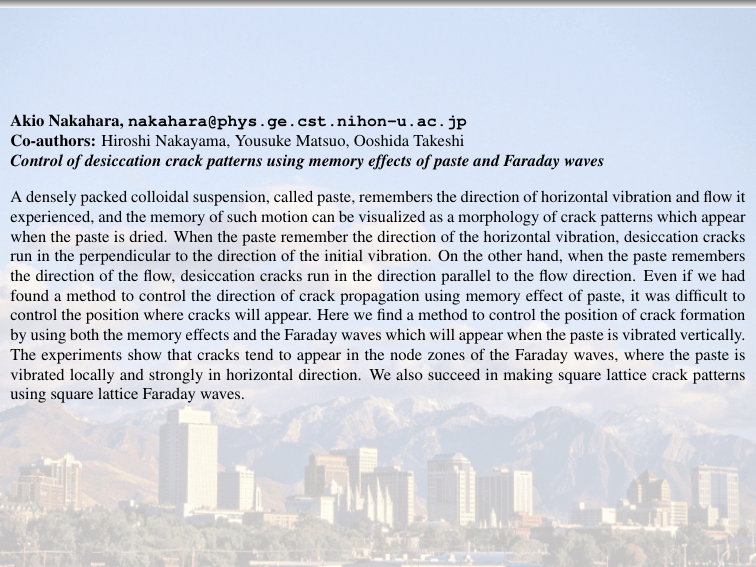
Akio Nakahara, nakahara@phys.ge.cst.nihon-u.ac.jp Co-authors: Hiroshi Nakayama, Yousuke Matsuo, Ooshida Takeshi Control of desiccation crack patterns using memory effects of paste and Faraday waves A densely packed colloidal suspension, called paste, remembers the direction of horizontal vibration and flow it experienced, and the memory of such motion can be visualized as a morphology of crack patterns which appear when the paste is dried. When the paste remember the direction of the horizontal vibration, desiccation cracks run in the perpendicular to the direction of the initial vibration. On the other hand, when the paste remembers the direction of the flow, desiccation cracks run in the direction parallel to the flow direction. Even if we had found a method to control the direction of crack propagation using memory effect of paste, it was difficult to control the position where cracks will appear. Here we find a method to control the position of crack formation by using both the memory effects and the Faraday waves which will appear when the paste is vibrated vertically. The experiments show that cracks tend to appear in the node zones of the Faraday waves, where the paste is vibrated locally and strongly in horizontal direction. We also succeed in making square lattice crack patterns using square lattice Faraday waves.
